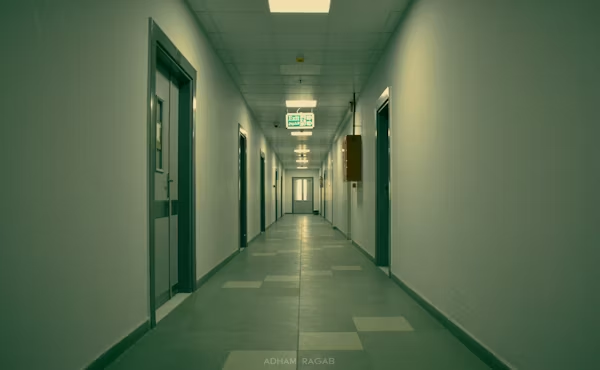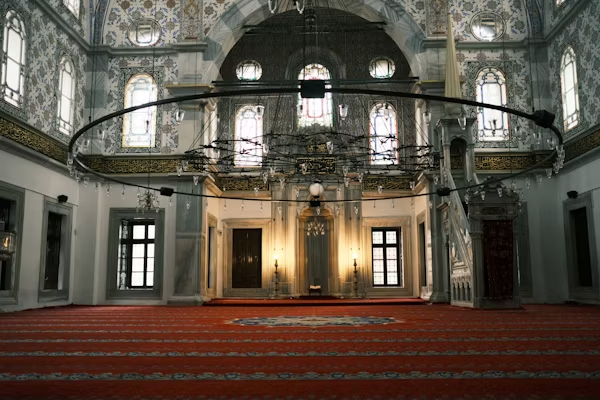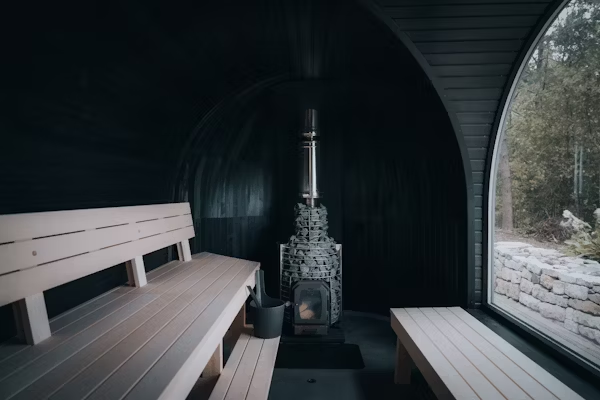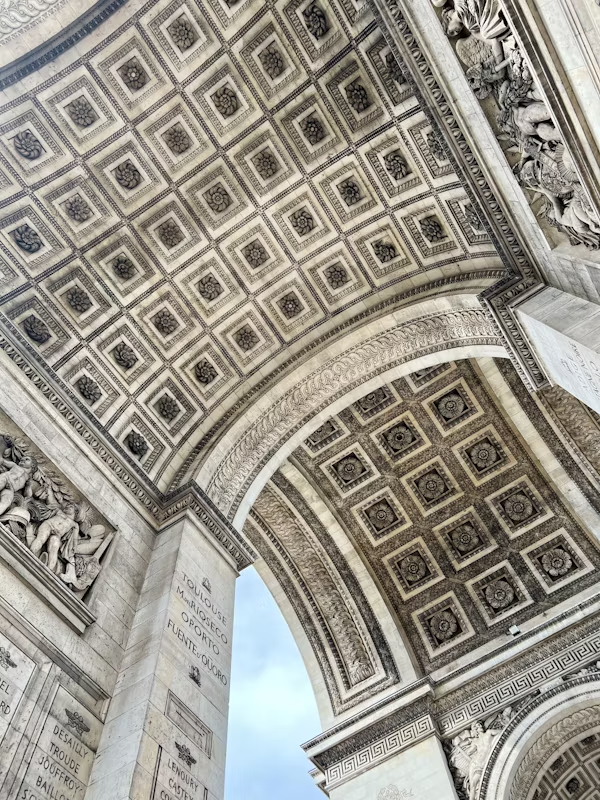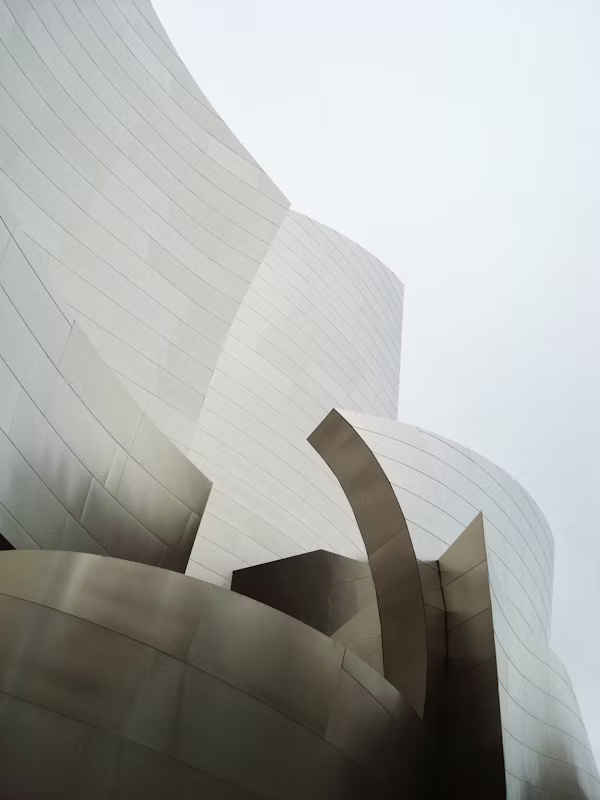The Psychology of Space: How Architecture Affects Mood and Behavior
- ejwinters8
- May 30
- 2 min read
Space is a curious dimension. Readers of Dostoevsky’s ‘Crime and Punishment’ might recall how his detailed description of the protagonist’s bleak lodgings evoke a sense of helplessness that perfectly encapsulates the mental spiral that forms the crux of the work. Tolkien enthusiasts, on the other hand, would perhaps agree with the fact that his mastery over describing the wide open spaces of Middle Earth lent life to the epic proportions of his stories. Both cases highlight a very distinct quality of space – that of its ability to evoke certain moods, while dismissing others.
The same quality that embodies the high, arching ceilings of cathedrals, or the studiously plain walls of hospital hallways. Appropriacy, here, is determined by the emotions and mood that best serves the function the spaces host. Architecture, a discipline primarily noted for either its functional or aesthetic attributes, has a surprisingly important role to play in the moderation and evocation of the emotional, social and productivity-oriented states of individuals. Environmental psychologist and interior designer Migette Kaup puts it this way, “Architectural cues can provide reinforcement to the desired behaviors that we would like to see enacted in specific place types.”
Post-Industrial Revolution, the question of space has inevitably shifted to a question of efficiency – how to accommodate more within less. This approach, functional to the extreme, has taken away from a core principle of architecture: it is meant to best serve the people inhabiting spaces, rather than the functions to be performed within them. The human psyche is a deeply receptive sponge of sorts, which can process several external stimuli within its subconscious level alone. These cues, while not always noticeable to one’s conscious mind, have a huge impact on the mental state of the person exposed to these spaces.
From an architect's perspective, it is thus imperative to introduce stimuli and cues that best complement the mental state of the people their spaces are designed for. There are several different mediums that can be made use of to achieve specific ends in this regard. One instance would be the use of certain colors. The use of natural light is another such factor, and so are acoustics or the amount of open space one has access to. Perhaps one of the most conducive design elements to a sense of serenity is the inculcation of nature and biophilic elements.
This ability to promote and shape moods, thoughts and even behavior is one of the truly transformative qualities of architecture. Aside from its surface-level evaluation, good architecture also makes it effortless and natural for the individuals utilizing space to go about their activities with the minimum possible strain. In the year 2025, when a subtle but monumental shift towards Post-everything has been well-initiated, it is time to delve into and explore the applications of this phenomenon further, especially in the design of common spaces and how they can grow and shape a community itself.


